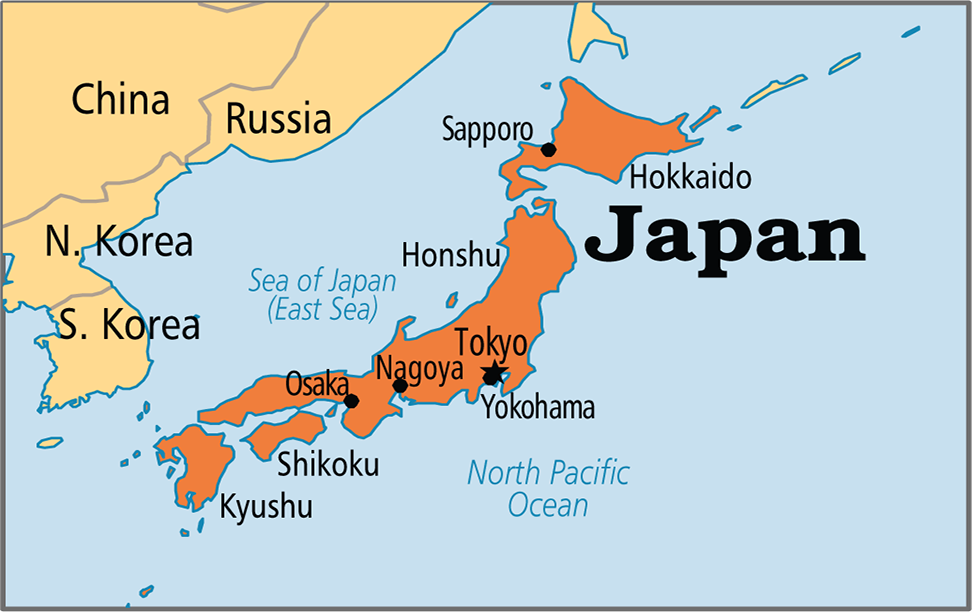March 26, 2024 (MLN): Sustained tightening of Japan’s monetary policy, including through higher policy interest rates, should help to raise domestic net interest margins (NIMs) among Japanese banks, says Fitch Ratings.
The Bank of Japan’s decision to raise its benchmark uncollateralized overnight call rate target by around 10bp to 0%-0.1% follows the central bank’s adjustment of its Yield Curve Control policy in 2023.
Fitch expects further gradual tightening of policy in the next two years, but we expect the policy rate to rise to only 0.25% by the end of 2025.
Profitability is the weakest aspect of our rated banks’ standalone credit profiles, but higher domestic lending NIMs should support overall profitability, even considering the banks’ plans to raise deposit rates.
Higher re-investment yields on securities, such as Japanese government bonds (JGBs), will also enhance profitability, provided policy rates are held at a higher level over the medium term as we expect.
Nonetheless, Fitch believes rates would have to increase well above our projected levels in 2024-2025 to affect the profitability factor in our assessments of the banks’ credit profiles, particularly given the likelihood of factors that would weigh on profitability, partially offsetting the lift from higher NIMs.
These include short-term realized valuation losses on existing Japanese securities portfolios, potential adverse exchange-rate effects on operating profits earned outside of Japan if higher rates strengthen the yen, and higher credit costs.
If Japan experiences structurally higher inflation and wage growth, this may also complicate banks’ efforts to rein in their costs.
The agency expects regional banks’ profitability to benefit less than that of the megabanks.
Their NIM boost will be weaker, as they may find it harder to raise lending rates, and their market risk exposure is greater.
Regional banks’ JGB holdings tend to have longer tenor than the megabanks’, exposing them to greater valuation losses as yields rise, but also offering higher returns on re-investment.
Capitalization could improve over time if banks opt to retain a portion of the earnings increase.
Fitch’s outlooks on their capitalization factor scores are currently negative, reflecting our view that they will remain pressured from a rise in risk-weighted assets from the implementation of final Basel III rules, as well as vulnerability to global market valuations and volatility.
Additional effects on banks’ credit profiles could come through the impact on foreign-currency liquidity and overall market risk, as well as potential changes in banks’ strategies and risk appetite (though the latter is not our base case).
It believes that the megabanks will continue to pursue overseas expansion, notably in the US and APAC, but higher domestic NIMs may lead them to focus more on the domestic market.
If we assess that Japan is now more likely to experience stable inflation accompanied by moderate wage increases that underpin consumption and sustainable economic growth.
Thiis improved macroeconomic outlook, together with the potential upside for the banks from higher interest rates, could support a revision of the bank operating environment (OE) factor score to ‘a’ from ‘a-’.
However, it may take time to clarify whether the interaction between wages and prices will be positive for medium-term economic growth prospects.
An upgrade in the OE score to ‘a’ would not put upward pressure on Japanese bank standalone Viability Ratings (VRs), while a downgrade to ‘bbb+’ from ‘a-’ could lead to some bank VRs being downgraded.
Under an ‘a-’ or ‘a’ OE score, upgrades to the megabanks’ ratings would still require a sustainable improvement in profitability,
With the operating profit/risk-weighted asset ratio remaining consistently above 1.4%, supported by successful execution of management's strategy and strengthened capitalisation – the latter reflected by the common equity Tier 1 ratio being sustained above 15%.
Copyright Mettis Link News
Posted on: 2024-03-26T09:46:22+05:00







